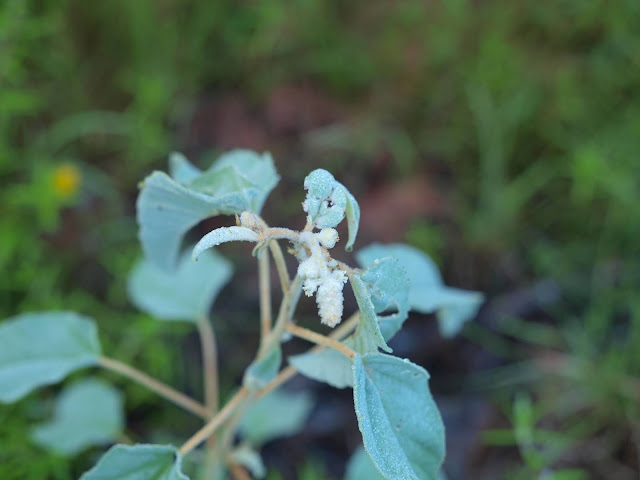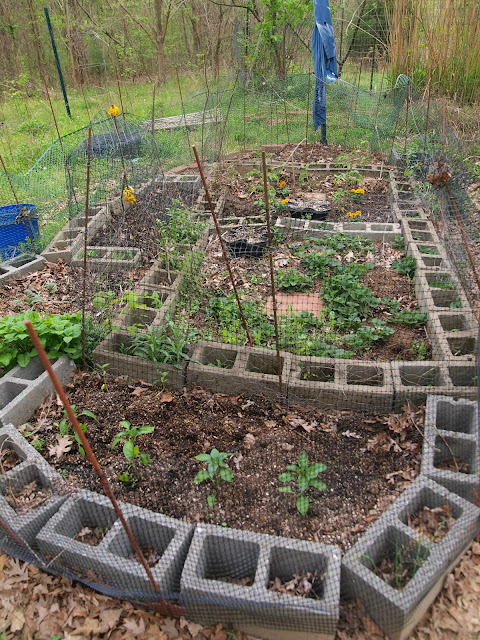Commelina - Microclimate Under the Oak - August Ninth
There is a whole microclimate living under the oak out by the hydrant. It can be seen for something like twenty feet in any direction that the roots of plants are different, the soil moisture level is different, the insects and the fungi are different. It is the only place in the entire yard I have ever seen this plant, and it grows back at the base of this oak every year, near the yucca and the baby's breath, the wandering daffodil bulbs and the place where the salamander stays wet under the hydrant stone.
Commelina communis - Asiatic dayflower, also known as Mouse Ears. It is kind of easy to see how it got that nickname, despite the color!
It is part of the Spiderwort family, also known as Tradescantia.
It is such a brilliant blue, and yet, so small it is easy to miss, and the flowers only last for one day. Bees and butterflies are interested in it and visit it for pollen, but it contains no nectar. The leaves are small and blade shaped, and grow along the ground in a creeping fashion. The Wandering Jew plants are also in this same family.
picture for scale
It is an introduced species, but is present in the United States from Texas to Florida, and Minnesota to Massachusetts. There is a more native version to North America called Commelina erecta, but that is usually a little lighter in color and has two smaller white petals close to the base underneath the stamens.
Out in the field near hwy 436 - I found a whole lot of the native plant Commelina erecta, which I could tell by the two smaller white petals underneath and in between the blue petals. My cellphone camera isn't great - but I was able to capture proof of them for later. I also noted down four other places in the county that I was able to see at least one definitive specimen. I'd love to come back and check the pH level of each place and see how similar or dissimilar they are to our oak microclimate
They are also notably a lighter baby blue than the brilliant 'ocean' blue (cyan) of the 'invasive' plant variety.
The oak tree environment has a lot of different fungi that accumulate on and around the tree and water source. A lot of other plants just can't live around oaks at all, either because their roots suck up everything or because of toxins believed to fall in the sap and pollen. I will be trying to make a map of the different little microclimates we have identified here at Shepard Lane, and mark what grows in them, which insects or animals are interested in them and when they emerge, bloom and/or fade.
Some places list it as edible, but I also found it very interesting that this is one of the plants used to clean up chemical waste at mines and also to test for the presence of nuclear waste products in the soil - the plant sucks up environmental toxins and stores it in itself. It is listed as being used to help clean up abandoned copper mines, where toxins were used to separate the materials. So, if it has that habit, I'm not apt to eat it anytime soon. I'll just enjoy how beautiful it is on the days it blooms!








Comments
Post a Comment